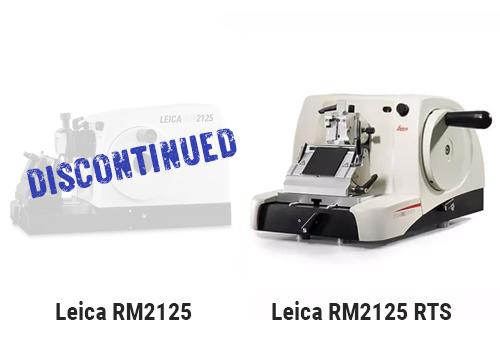[Discontinued] Leica RM2125
This product has been discontinued and replaced by Leica RM2125 RTS
For support or any queries, please reach out to your Leica representative.
Kontaktieren sie uns
um ein Angebot zu erhalten.
